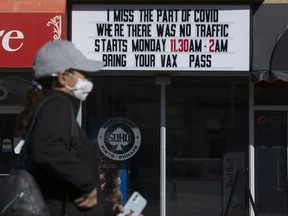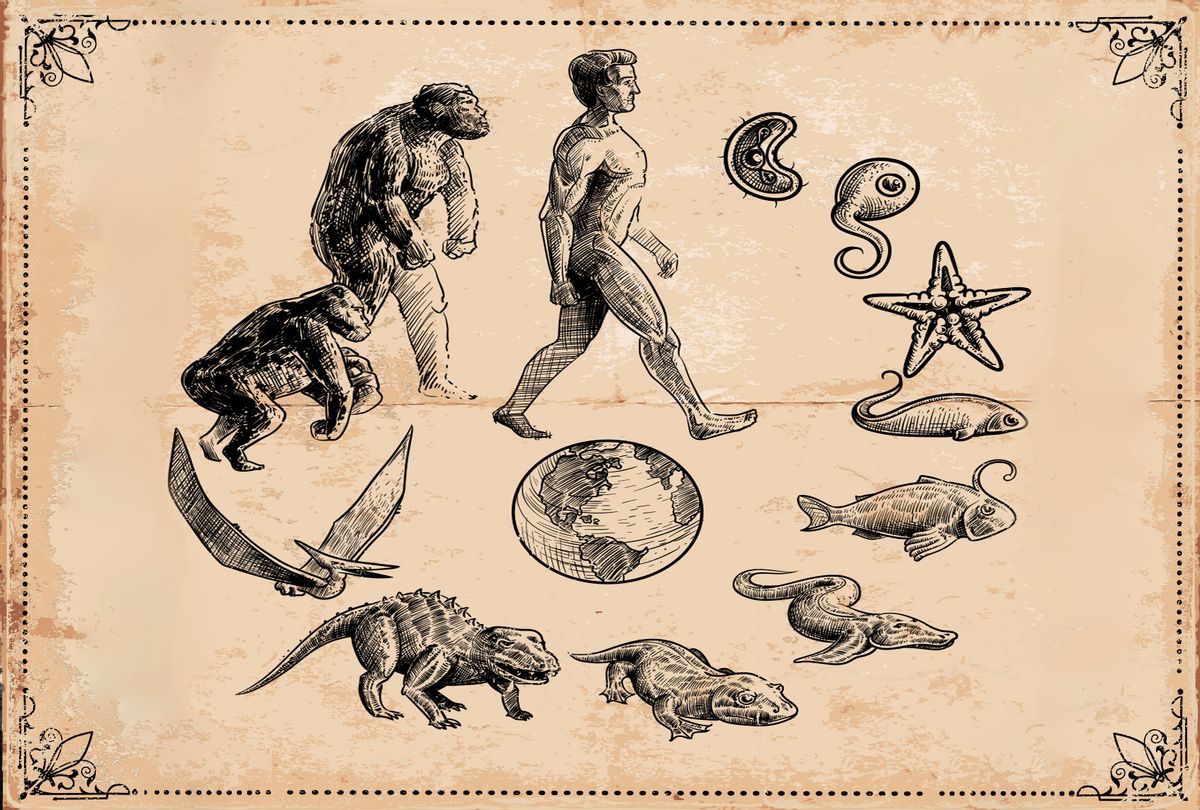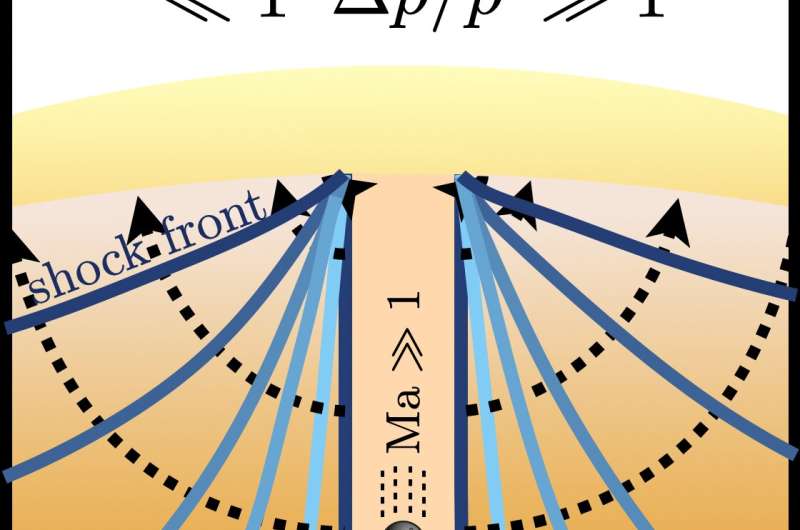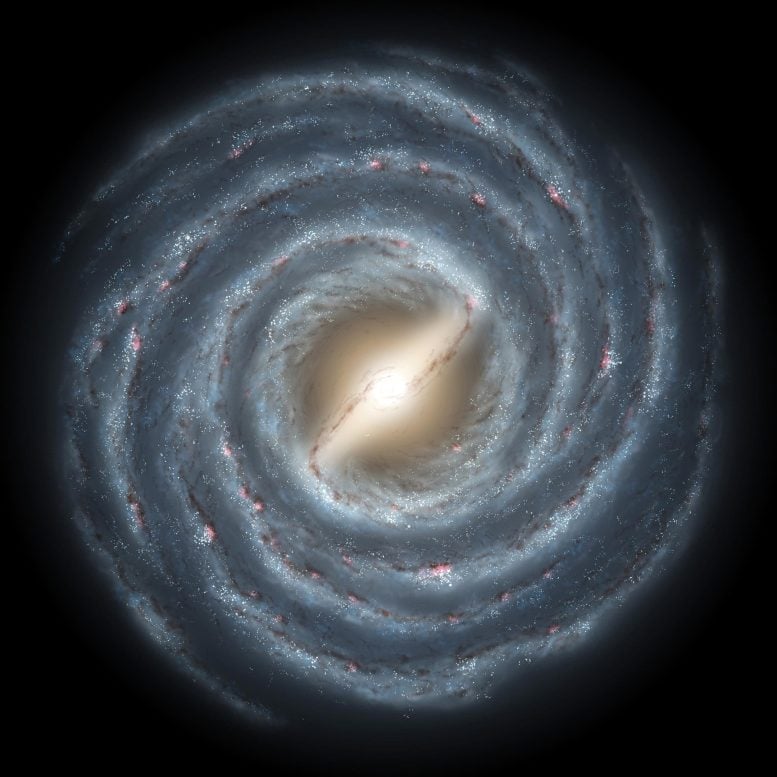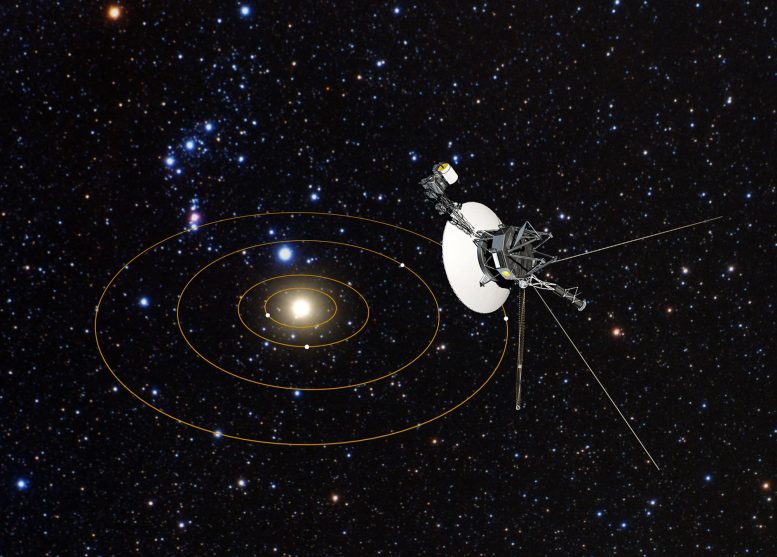Young, working Canadians face a dilemma: eat, or pay the bills?
Employment disruptions and dwindling pandemic supports have forced many to cut back on the one cost they can: food
Fecioru prepares a cost-efficient meal. (Photograph by Lucy Lu)
A few months ago, Alex Fecioru was working two jobs, both of which aligned with his long term goals. He spent half his time mixing live music at a local Eastern European music venue, and the rest freelance sound editing on the side. That he was working only two jobs, and that both involved sound production, was a welcome change. Fecioru, 25, graduated four years ago with a degree in sound design with dreams to work full-time in the music business. For most of his adult life, he’s supplemented his music and editing work by hopping from food-service job to food-service job, toiling in kitchens, scraping by on minimum wage while striving to make the leap to his chosen vocation.
The last few months were supposed to be a pivotal stretch in that transition. Instead, they’ve turned into some of the hungriest of Fecioru’s young life. The monthly rent at his small Toronto apartment is $820, a small sum by the standards of his city, but enough to consume the lion’s share of his income. It leaves him with little to spend on other essentials—like food.
Worse, the pandemic abruptly closed off his other employment options, including his beloved sound work. He’d no sooner found a position in November as a coat-check attendant at a major art gallery than renewed COVID restrictions forced the museum to lay him off. Even the kitchen jobs dried up, as restaurants closed to in-person dining.
RELATED: The Inuk woman using TikTok to expose high food prices in the North
The result has landed Fecioru within a troubled and growing demographic: young, educated, working Canadians who sacrifice food to meet their other financial obligations. Even when he’s had restaurant jobs, Fecoriu has made tough calls at the grocery store, surviving for weeks at a time on pita bread and peanut butter.
As the Omicron wave lingers on, his crisis has deepened. To keep a roof over his head and the heat on, he has reduced every cost in his life that is not fixed, including what he eats. He tries not to spend more than $5 a day on food—an extreme measure that saps him of energy he needs to do the work that pays his rent. Sometimes, when he’s desperate, he’ll steal away to his parents’ house for a day, Fecioru says. There, at least, he can get precious, nutritious vegetables for free.
Emotionally and physically, it’s a taxing existence. “I’ve been pushed to a point where I’ve broken down mentally,” Fecioru says, referring to times when he’s worked two and even three jobs at once. He pauses, picking his words. “There have been times where it’s hour 14 of a 16-hour day and I just break down in front of customers.”
Fecioru is far from alone. As the pandemic enters its third year, low-income workers across the country are getting caught in a pincer, with the cost of living escalating rapidly and the labour market thrown into flux. Even as employers report a desperate need for workers, repeated lockdowns, and the increased threat of contracting the virus, have made in-person service work more precarious, forcing workers like Fecioru into long stretches without paycheques.
On top of these myriad obstacles, many workers are no longer able to rely on the COVID income supports that kept many of them afloat for the first year-and-a-half of the pandemic.
The effects have rattled down to kitchen tables with alarming speed. In a recent countrywide poll, nearly 60 per cent of respondents—including half of 18-24 year-olds—told the Angus Reid Institute that they’re having trouble feeding their families. That’s an increase from 36 per cent when the question was last asked in 2019.
Even before the pandemic, millions of Canadians were struggling to keep food on the table. A 2020 StatsCan report found that one in seven lived in food-insecure households, up from one in eight Canadians in 2018—a difference of nearly 700,000 people, and the highest rate since StatsCan began recording the information. The food-stressed do not fit tired stereotypes of people who’d rather collect welfare than take a job: at last count, 65 per cent of food insecure Canadians were in the workforce.

Alex at home in Toronto (Photograph by Lucy Lu)
The problem, says Sylvain Charlebois, director of the Agri-Food Analytics Lab at Dalhousie University, is that the cost of food is far outpacing the money people are making. The “inflation sweet spot” for food prices, he says, is about 1.5 to 2.5 per cent. Food prices are supposed to increase at about that rate every year to keep up with the usual level of inflation of the rest of the economy. If they do, groceries should remain affordable.
But in 2022, food is expected to cost anywhere from five to seven per cent more that it did the year earlier, according to the latest edition of Canada’s Food Price Report, an annual look at the year ahead in food security published by Charlebois and his colleagues at Dalhousie. He attributes this increase mainly to the state of supply chains in Canada: food is moving around the country at a much slower pace due to COVID restrictions. As a result, manufacturers and transporters are incurring greater costs, escalating the overall price of the food they’re delivering.
But grocery prices, Charlebois stresses, are not at the root of the longer-term crunch. “The real problem,” he says, “is affordability.” And he’s quick to offer up what he sees as the solution: “I think it’s high time for our country to have a conversation about a guaranteed minimum income.”
A guaranteed minimum income involves the government paying a liveable wage to those who don’t have the means to survive financially. It is distinct from a universal basic income, where all Canadians periodically receive a cheque from the government regardless of their economic standing. Guaranteed minimum income would, in practice, look a whole lot like the earliest iterations of federal pandemic income supports.
READ: Has enthusiasm for the CERB paved the way for a universal basic income?
The Canada Emergency Response Benefit (CERB), and its successor the Canada Recovery Benefit (CRB), were vital lifelines to low-income workers during the lockdowns of 2020 and 2021. They provided $500 per week to workers who had lost their jobs or significant chunks of their income for COVID-related reasons, allowing people to focus on staying home and reducing the spread of the virus instead of working dangerous, contagious jobs so they could pay their rents.
They also allowed people to get back on their feet after being knocked down, financially speaking. But the CRB was replaced in late October with the scaled-down CWLB, which is available to workers who have lost work due to regional lockdowns. The federal benefit has been pared back 40 per cent, to $300 per week before taxes. Many people lurching in and out of work don’t meet the eligibility requirements, and if they find employment while receiving the benefit, they might have to pay the money back.
Regardless, the $300 hardly makes a dent in most people’s expenses, and is a far cry from the much more robust programs that preceded it.
Two federal parties, the NDP and the Greens, support a basic income, pointing to CERB as proof that a government-funded income program is both possible to implement and highly effective in fending off poverty. Delegates to a Liberal policy convention last year also overwhelmingly endorsed a basic income program. But the Trudeau government didn’t include it in its summer election platform, and seems focused on other priorities.
“Frankly, in light of our debts and ongoing deficits,” acknowledges Charlebois, “I think it’s going to be a hard conversation to have with Canadians.”
***
Perhaps, but it’s a conversation that could change the course of Rachel McDonald’s life. The 23-year-old works at a small café in Charlottetown, where she was recently promoted from barista to supervisor. For McDonald, the barista job was working just fine—she didn’t go to college or university and only has experience in customer service, so when she was offered a job at the café working for $14 an hour, she took it.
Then came COVID. It’s cheaper to live in P.E.I. than many places in the country, but the pandemic has hobbled McDonald’s efforts to keep a roof over her head and food on her table. The island’s isolation has spared its residents of the lockdowns plaguing some of the country’s metropolitan areas. But its economy relies heavily on tourism, an industry that effectively came to a standstill when the pandemic began.
McDonald’s hours were scaled back, forcing her to move out of her bachelor pad and into a house with several other roommates. She pays half the rent she did before, but she’s still barely scraping by, unable to squirrel away any money and just making enough to survive. About half her money goes to rent and the rest of it is split between groceries, bills, and minor purchases.
“A person working minimum wage cannot support themselves living alone,” says McDonald, sighing. “I feel like I have to go out and face the fire just so I can continue to survive.”
This permanent state of fragility carries both economic and human costs, says Frances Woolley, a professor of economics at Carleton University. “We have an economy where things are precarious,” says Woolley, “and when things are precarious and something goes wrong, you may not have the resilience to recover.”
The $2,000 a month that CERB and CRB provided was just around the average living wage for a Canadian, an amount understood to comfortably pay for an individual’s basic needs—food, housing, and child care. But minimum wages in many provinces fall short of living wages for many Canadians, and the gap between what people are able make and what they need to buy food and other essentials has been widening.
Woolley sees the challenge of securing decent wages for all workers as the greatest obstacle in the Canadian economy—one that seems simple to overcome, yet hard to get powerful people to face. “Wages are really sticky,” says Woolley. “As an economist, one of the things that I find the most puzzling about our economy is that when people find it hard to hire workers, they don’t think, ‘Oh, maybe we should be paying people more.’
“It seems to be something about human psychology.”
***
For workers struggling to keep food in their refrigerators, the economic forces Woolley describes—combined with the disruptions of the pandemic—can be crushing.
Fecioru, for one, thought he’d turned a corner when he landed the coat-check job last December. It wasn’t flashy—a temporary contract at the Art Gallery of Ontario with no guarantee of extension. But it was unionized, and paid a few dollars an hour more than minimum wage. He could pursue his sound-production work free of financial unease, and without gnawing hunger.
The reprieve lasted about a month. In December, as the Omicron variant seeped into Toronto, Fecioru tested positive for COVID. He was forced to isolate just a month after starting his job, and lost two crucial weeks of income. A week after his isolation period ended, Ontario locked down yet again. All of his work ceased. Again.
The day before we spoke, Fecioru received an email from his employers at the gallery. It said if the lockdown in Ontario extended beyond its currently scheduled end date of Jan. 25 then they would be terminating his contract. This was money and work that Fecioru was depending on to survive post-pandemic. As he finished reading the email, he violently paced around his apartment. His anxiety spiked, and at 25 years of age, his heart began to palpitate.
Mercifully, that worst-case scenario did not come to pass. After Ontario eased restrictions on Jan. 31, the gallery brought him back, and even paid him for the shifts he lost during the lockdown. Still, his hours have been significantly reduced, and COVID still looms, poised to strike as it sees fit.
“It feels like there’s moments where you can poke your head up above the surface of the water, but then the water keeps rising and you’ve got to keep persevering,” says Fecioru. “There’s not enough time to catch your breath.”






